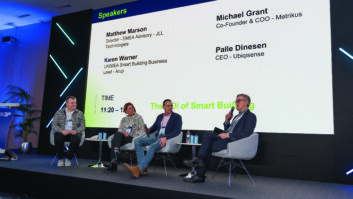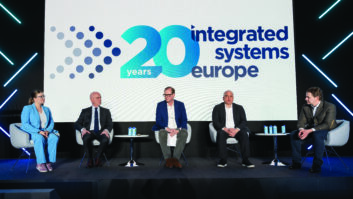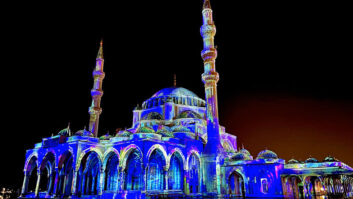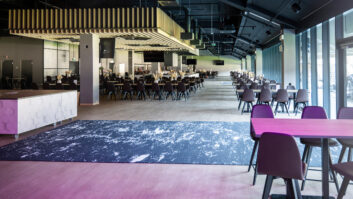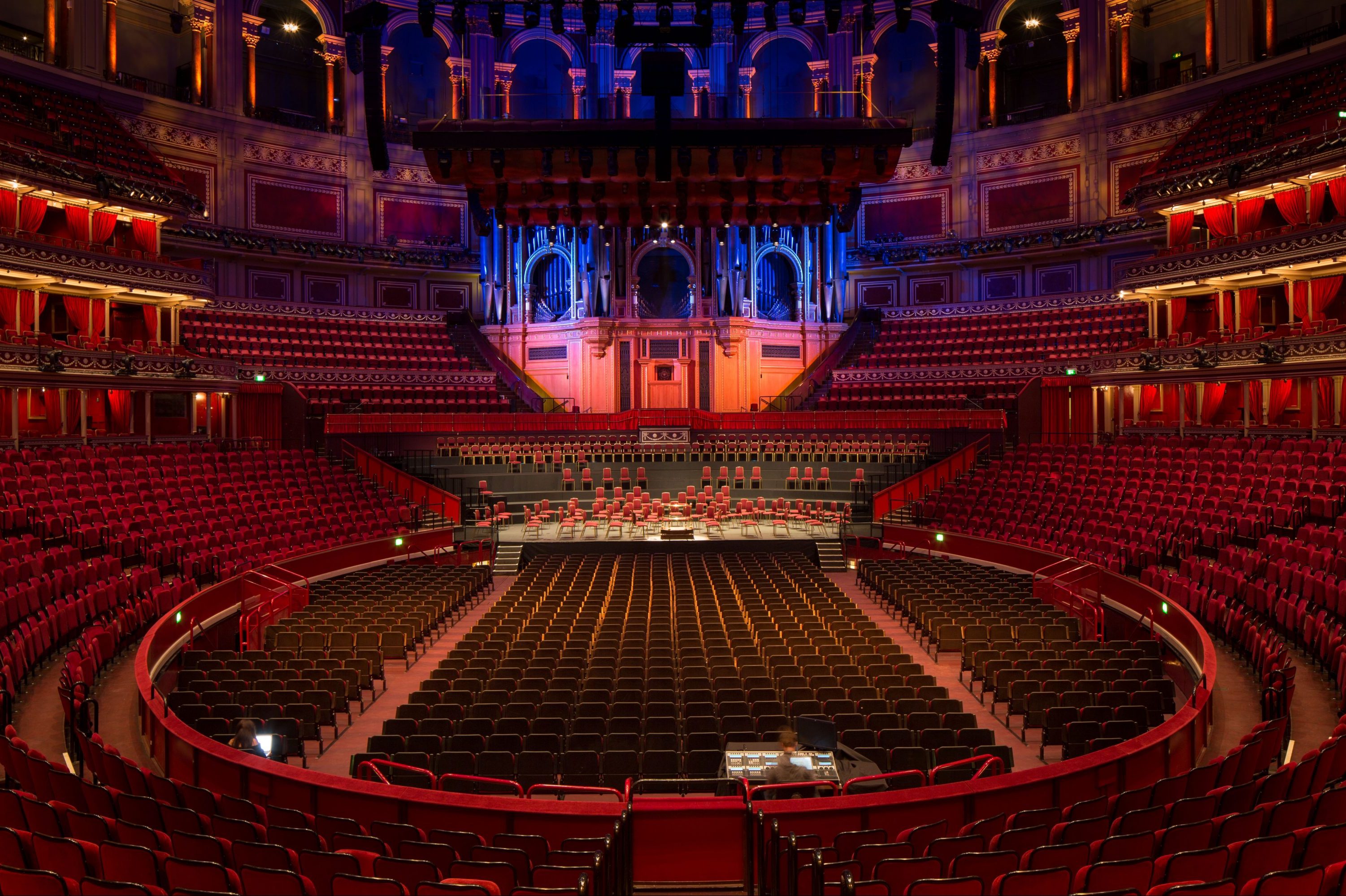
Heritage and listed buildings are some of the most challenging environments for audio and lighting installs, so how do manufacturers and integrators navigate these tricky waters?
Working on heritage buildings leaves next to no margin for error; while these projects can be high on prestige, mistakes could result in damage to an historic structure that cannot be rectified.
However, while these esteemed structures are often those most in need of audio and lighting help, their age can result in difficult working conditions and their listed status may make obtaining approval for alterations laborious.
When modifying the acoustic properties of a space is not feasible, it falls to integrators and manufacturers to combat the numerous challenges presented on such projects. This means that solutions must be designed and installed more creatively, and technology has to continue to evolve in both performance and form factor.
The limitations of heritage buildings mean that installed solutions often reflect a balance between performance and aesthetics, as the make-up of buildings may not support the integrator’s first choice of lighting or audio systems.
Challenges
In addition to the challenges that arise from an integrator not being able to choose their preferred solution, integrators are also not able to install systems in the way they would normally like, as certain practices are off limits in heritage sites.
“Possibly the biggest challenge is trying to take historic buildings and modernise them with the very latest technology without losing the essence of what makes the building special,” says Jonjo Glynn, White Light’s venues director.
You need to ensure that you use the right technology with minimum footprint
Jonjo Glynn, White Light
“The main challenge of installing lighting equipment in heritage sites is ensuring that the aesthetic of the building remains unchanged,” comments Sam Woodward, customer education leader, Europe and Africa at Lutron Electronics. “For sites, such as St Paul’s Cathedral, lighting and lighting control systems also need remarkable flexibility for a range of uses – not only providing lighting for the general public – such as special events and state occasions, but also security, cleaning and maintenance.”
A common problem with audio systems stems from the acoustic properties of the structures as they are not always sympathetic to the standards expected of modern audio. As these acoustic properties are built into the venue and cannot be changed, the solutions specified must compensate.
Daniele Mochi, product specialist at K-array, comments: “We are constantly challenged with providing optimal sound and coverage for spaces with architectural design elements such as long hallowed halls, high ceilings and lack of specific acoustic treatment that aren’t conducive to clear audio and even dispersion, as these features tend to abruptly reflect sound.”
Installing audio equipment tends to involve drilling, wiring, and mounting or suspending large items from the walls or ceiling. “All of these activities are generally prohibited or discouraged in historic buildings, so integrators have to get very creative,” says Jim Mobley, Renkus-Heinz technical sales manager.
Glynn adds: “In an ideal world, we’d love to run cables between walls and be able to really integrate the latest equipment as part of the building. However, this simply isn’t possible in a listed venue.”
Compromise is key
The solution to these issues and restrictions invariably involves compromise. With the physical changes permitted on heritage buildings extremely limited, coupled with the strict limitations on visible cabling, choice and location of equipment are significantly affected.
“You need to remember that where you’re positioning equipment and cable may not be the ideal location but it is, in fact, preserving the aesthetics,” explains Glynn. “You need to ensure that you use the right technology with minimum footprint. Thankfully, in recent years, there have been some huge advancements with equipment, meaning we can rely on wireless technology, mesh networks and IP travel to send data.”
Nowhere is the compromise so evident as with speakers, as Mobley explains: “While smaller is nearly always better from an aesthetic standpoint, bigger is nearly always better for loudspeaker performance. The challenge is to find a loudspeaker that is big enough to do the job, but unobtrusive enough to be acceptable to whomever makes that decision. Slender column line arrays, both steerable and mechanically aimed, are generally the best choice as they combine directivity and output in a visually small package.”
Do more with less
All the challenges and restrictions in these environments means that the solutions deployed need to be able to do more with less. Woodward explains how LED light sources have transformed the form factors available for lighting fixtures. “No longer are they limited to accommodate standard lamp shapes, but they can be any shape and size as the light-engine can be designed to fit,” he says. “The accompanying driver electronics for LED fixtures are typically smaller than traditional magnetic ballasts, further reducing space requirements. When this is combined with reliable wireless control, extra cables for control can be eliminated.”
While smaller is nearly always better from an aesthetic standpoint, bigger is nearly always better for loudspeaker performance
Jim Mobley, Renkus-Heinz
Glynn agrees, adding that LED lighting produces less heat, while being smaller and more efficient. “Another factor is the introduction of multi-function fixtures,” he says. “Whereas these may be larger fixtures, they can do many more things so are actually much more beneficial. Similarly, manufacturers are now making products that interact with a variety of power sources, which obviously allows many more options.”
Another lighting innovation that helps to address these limitations has been the move to wireless: “Solutions need to be wireless and easily scalable to join multiple other areas with the right level of performance,” explains Woodward. “Lutron’s field-proven Clear Connect RF communications technology, for example, is ideal to maximise system performance for retrofit projects in all heritage buildings.”
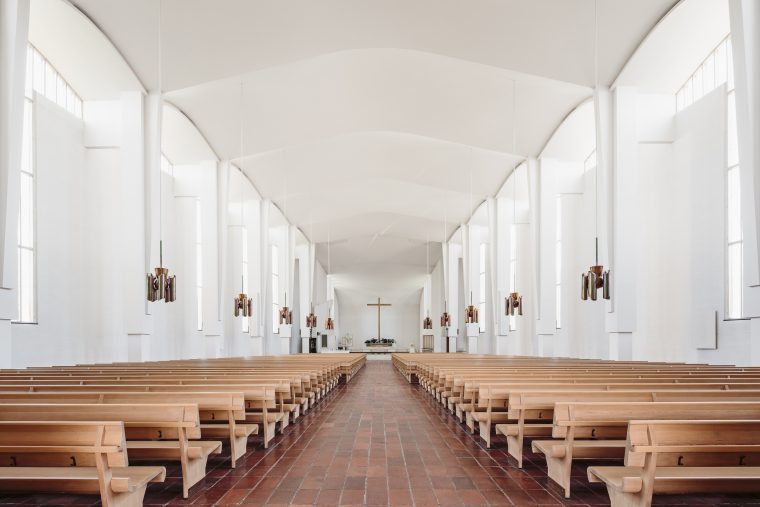
On the audio side, digitally steerable column array speakers provide a number of advantages over conventional loudspeakers “because of their low visual profile and ability to steer sound without being physically aimed,” says Mobley. They are more expensive, but “offsetting that is the consideration that one steerable array may replace dozens of conventional loudspeakers,” he adds.
Mochi agrees that column arrays are the preferred option: “Traditional speakers tend to distribute the sound in all directions, resulting in a great deal of energy sent to the walls and ceiling. To avoid the resulting reflections, the sound beam must be focused on the vertical plane, meaning the sound energy is concentrated along the axis of the diffuser and not distributed towards the ceiling. The narrow vertical coverage minimises the sound spill towards the ceiling and the floor, thus increasing the intelligibility in highly reverberant environments. This behaviour is all the more accentuated the longer the column is.”
Limiting sound reflections, while minimising aesthetic impact, is a constant battle for audio companies. “To be pedantic, there’s nothing that the sound system can do to reduce reverberation – that’s an acoustic property of the room,” states Mobley. “What can be done with the sound system is to increase the ratio of direct sound, sound that arrives at the listener’s ears directly from the loudspeaker, to the reverberant sound, sound that’s bounced off one or more things in the room.
“The only way to make a loudspeaker directional is to make it large in at least one dimension. This is why arrays, particularly of the steerable column variety, are so popular in reverberant rooms. They are big in only one dimension – height – the other dimensions are reduced to the absolute minimum, making them easier to hide.”
Extra considerations
The nature of heritage building projects is that along with sound and lighting, there are a number of extra considerations that need to be taken into account. “In terms of labour costs, you need to be honest and appreciate that things don’t happen quickly in listed buildings,” comments Glynn. “Many of the projects we’ve worked on have required weeks and even months of sign-off time. Therefore, you need to ensure that you plan efficiently so that the execution of an event can be run smoothly on the day as, chances are, you won’t be able to make any last minute changes.”
In addition, there are understandably higher levels of bureaucracy associated with heritage and listed building projects. Glynn explains further: “This is mainly due to these buildings having such historical importance and often housing priceless artefacts and displays. That said, these are there for a reason and so you should be incorporating these in your pre-planning. It’s important to let your client know the restrictions and then use these to decide what technical set-up will be achievable.”
As Mochi details, this means audio companies often have to rely more heavily on stacking and joining accessories. “At times, we are prohibited from mounting a speaker onto a wall but luckily, we have many joining hardware and stacking accessories that allow for a variety of set-ups for integrators to adapt the installation.”
So it’s fair to deduce that all these limitations must place a greater burden on the integrator. “These obviously do affect the integrator but it’s a case of using these restrictions and formulating a creative technical solution around them,” says Glynn. “For instance, at WL, we are approved suppliers to HRP (Historic Royal Palaces) and UVL (Unique Venues of London) venues, many of which have been around for centuries. It’s about knowing what is possible within the venue, drawing on the technology that will work within that space and delivering something which combines the latest technology with historic architecture.”
Main picture: Paul Karalius and Royal Albert Hall
www.k-array.com
www.lutron.com
www.renkus-heinz.com
www.whitelight.ltd.uk
